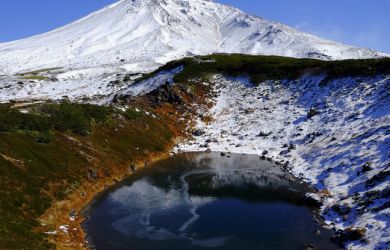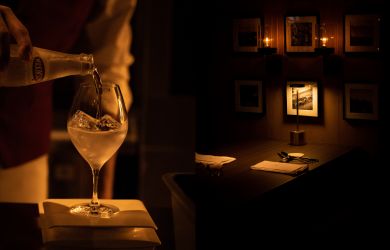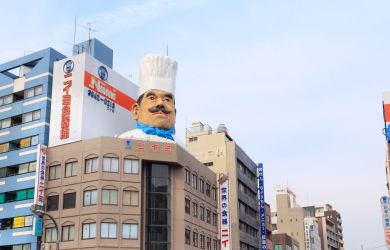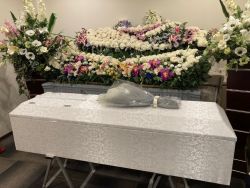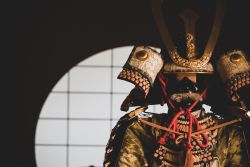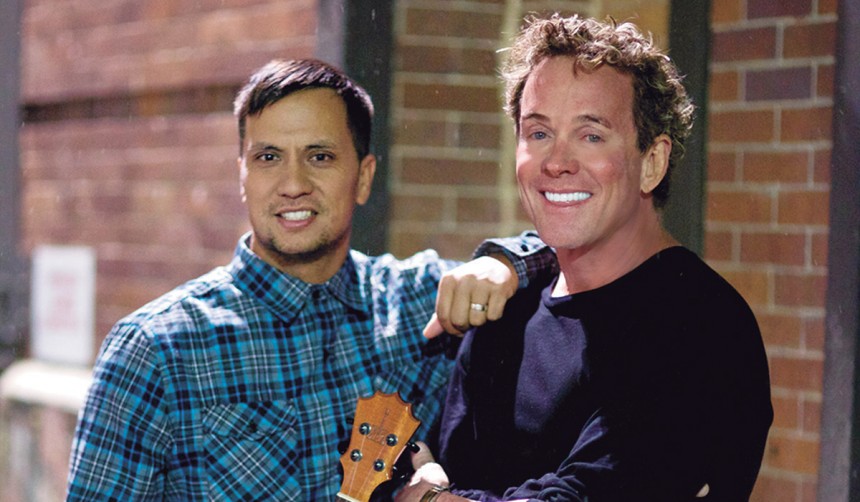
Hawaii captures the imagination in many ways. The birthplace of surfing, the luau, and hula has had a big influence on various aspects of international culture—and music is no exception. The islands have produced styles such as slack-key guitar, and artists as diverse as Jack Johnson, Don Ho, and ukulele wizard Jake Shimabukuro.
The islands are also home to HAPA, whose self-titled debut album’s smooth jazz, slack-key undertones, and tenor vocals made it the first disc from Hawaii to hit Billboard Magazine’s World Music charts—and ultimately the best-selling album by any artist from Hawaii.
Founding member Barry Flanagan took some time out from his U.S. tour to talk to Metropolis about world music, his upcoming album, spirituality, and next month’s visit to Japan.
How did you feel about your music being the first from Hawaii to chart as World Music?
Since I’ve always thought HAPA’s music is more “worldly” than simply “Hawaiian,” it really felt like it was meant to be considered “World Music”—and it still feels like a good fit.
Your music is considered World Music but is also quintessentially Hawaiian. How do you keep that Hawaiian sound while branching into other genres?
That’s a great question. Having had the honor of wearing the producer’s hat for all of the group’s recordings, I’ve always made it a point to have native Hawaiian speakers and Polynesian language experts involved with and overseeing our recordings. The Hawaiian language was nearing extinction in 1975, with less than 20 adolescents speaking it; it was the music of Hawaii that helped bring the Hawaiian language back from the brink. Giving this living language its proper respect and attention is very important to me, and paramount in HAPA’s music. I also think that the reason HAPA’s music has been recognized as being quite diverse is because we continually try to push the envelope a bit, involving eclectic musical arrangements and utilizing instruments never before used in recorded Hawaiian songs.
How does it feel to bring the spirituality of Hawaii to audiences in Japan and around the world?
It is an honor to be blessed with this privilege and I hope and pray I can do this till the last day of my life. Like Hawaii, Japan is a spiritual place and I think that’s one reason Japanese audiences respond well to HAPA’s music.
Could you tell us a little about recent personnel changes in HAPA?
It is a very exciting time for the group, with our newest member Kapono Na’ili’ili on board. This amazing, young, and handsome Hawaiian boy has a B.A. in Hawaiian language. He chants, dances hula, sings falsetto, plays cello, and is a sponsored surfer with the international surf company Hurley. We are all very excited to see the group being infused with all of Kapono’s amazing passion and energy, and HAPA fans are falling in love with him.
What do your fans tell you about HAPA’s music?
Many of our fans say they consider our music their soundtrack to Hawaii, and that when they think of Hawaii, they think of HAPA.
What can we expect from your new album?
We have been working really hard on the “new sound”—three-part harmonies of HAPA that include myself, Kapono, and bassist Tarvin Makia. This will be a truly memorable CD. We have some amazing new songs and our fans can expect something fresh, beautiful, passionate, and inspirational.
Do you have a message for your fans in Japan?
Our fans in Japan are the greatest and they have always showed us such kindness. Okagesamade! Taihen osewarinarimashita! Otsukaresamadeshita!
Yokosuka Geijutsu Gekijo, May 30, 4pm, ¥5,000. Hakutopia Sakura Hall, May 31 5pm, ¥6,500. Tel: 03-3498-2881. www.hapa.com
Charles Lewis is an editor and writer living in the Shonan area.
